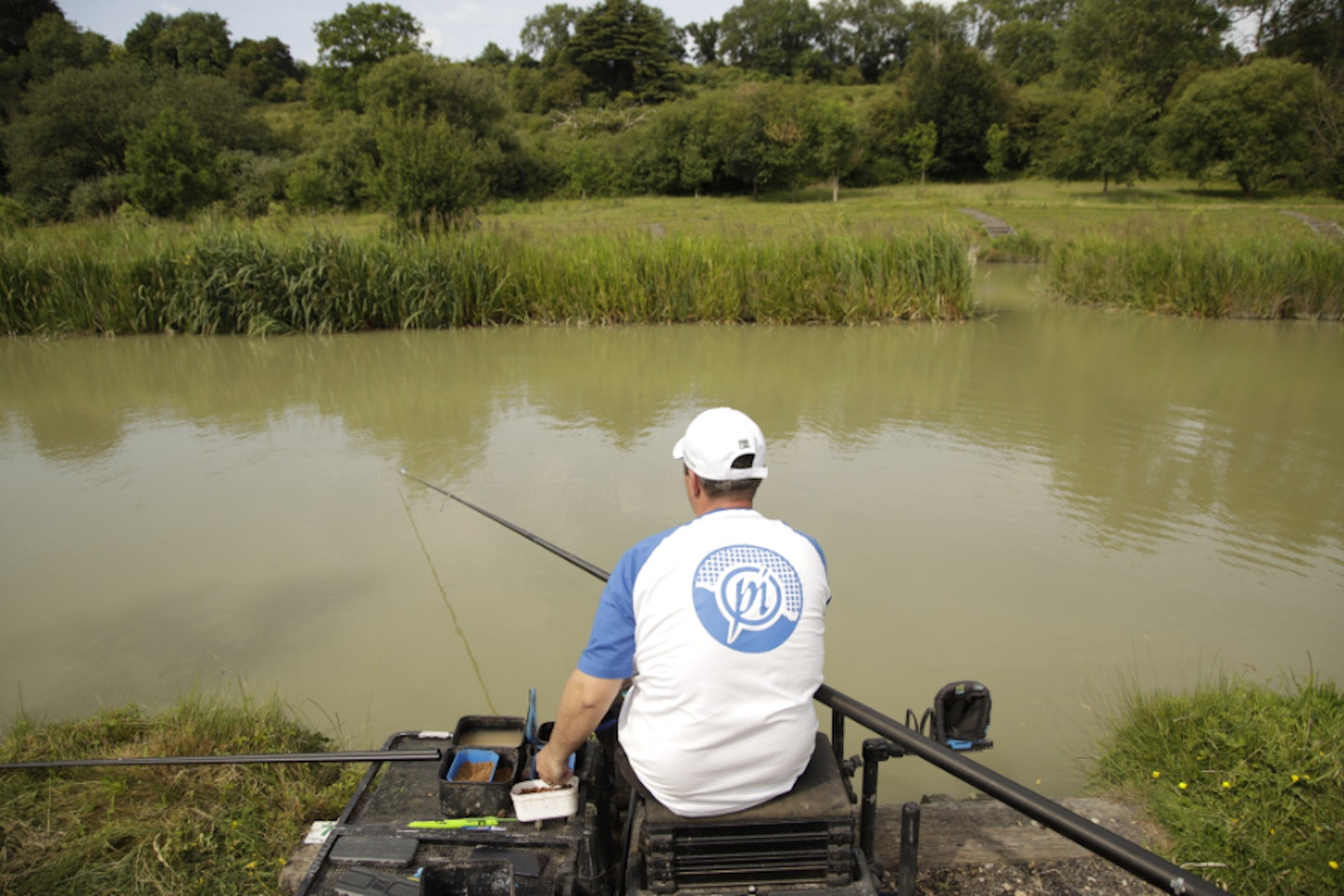Paste fishing is a tactic often avoided by many on the grounds that it is too complicated, especially compared to other methods.
One of the major drawbacks to fishing with paste, many newcomers to the technique believe, is its tendency to come off the hook before the fish can get a look-in. This is an issue that is easily resolved, however, by following a few basic guidelines at the bait-making stage.
Current Golden Reel champion Zac Brown knows full well just how effective paste can be for big carp in summer, and he regularly relies on in it during the heat of July and August.
THE BEST MARGIN POLES ARE PERFECT FOR FISHING PASTE.

Preparing the paste
I’ve seen and used a lot of recipes for paste over the years, but I have now settled on something that ticks all the boxes. It mixes to the perfect consistency and is full of flavours that carp will home in on.
I use a large pole cup to measure out the ingredients, filling a third of it with SonuBaits Thatchers Original groundbait and the rest with Pro Paste Original. The former is included because I find the latter slightly too sticky if mixed on its own. I add one pole cup of water and whip it all together with my hands.
Within a few seconds, you’ll think you’ve ruined it, as it’ll be extremely watery and look unusable, but leave it to settle for 45 minutes and it’ll attain the perfect consistency – not too stiff, not too soft, and ideal for hookbaits.
I also make a red-coloured batch by adding some SonuBaits Lava Rocks to water, stirring them about and then using the coloured water this creates to make the paste.
Once the paste is ready to fish with, rip a piece out of the bait tub, flatten it and place the hook in the middle. It is then a case of moulding it to hide the hook. If you get a bite, you’ll strike through any paste the hook is still concealed by.
THE BEST COARSE LANDING NETS WILL HANDLE THE BIGGEST PASTE FISH.
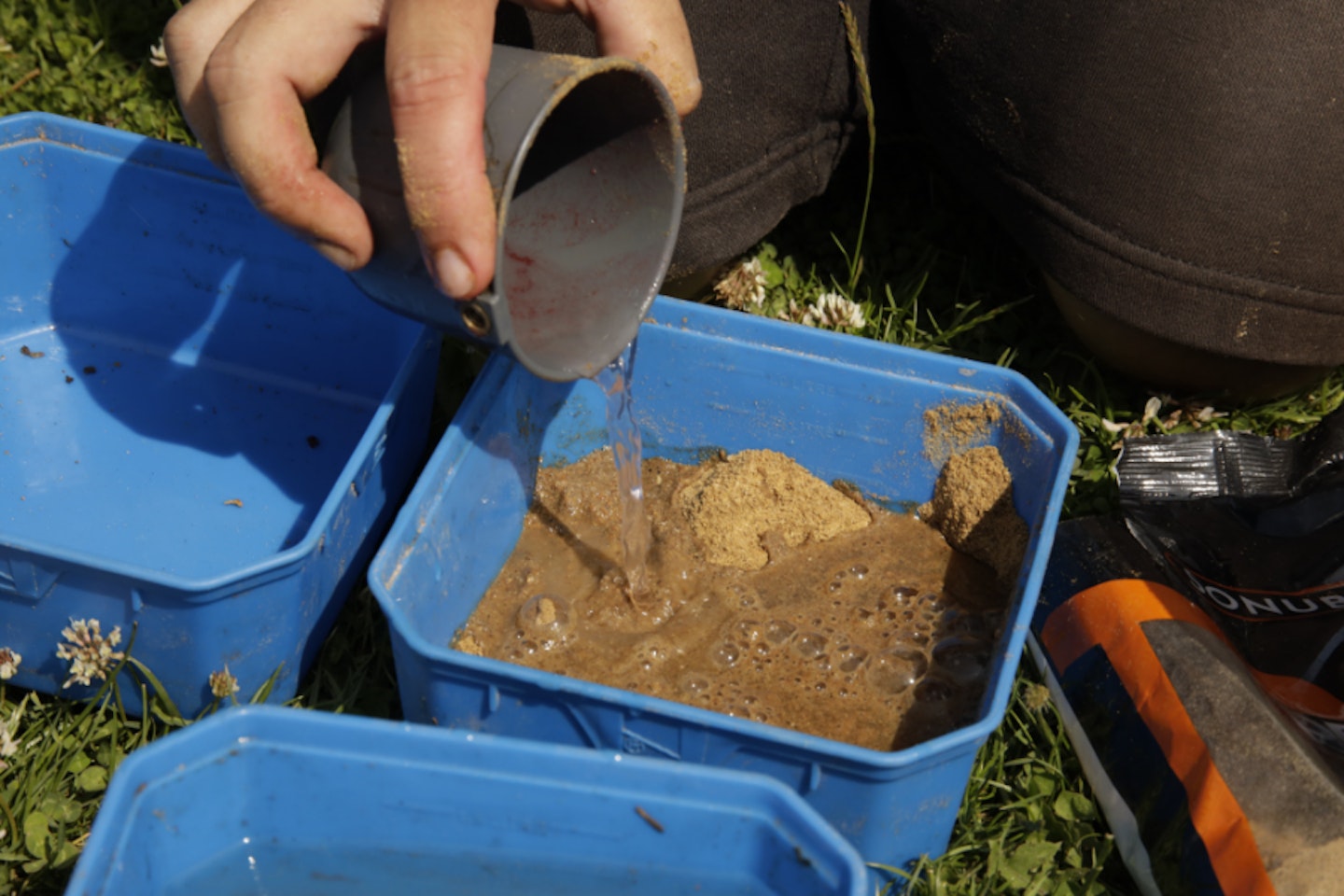
Ship out in a paste pot
Paste is a bit too soft to be shipped out like most other baits and needs to be placed in a small cup on the top kit. With the rig attached to the connector and the hookbait in the pot, it creates a U-shape with the line.
If you were to use a bulk shot near the hook, it would be trying to pull the paste out of the pot as you shipped out, potentially pulling the hook out of the bait too. So, I use a sliding olivette to combat this.
As the name suggests, it can slide on the mainline, and during shipping out, it sits at the bottom of U-shape and well away from the hookbait to reduce resistance. A float stop on to the mainline stops the olivette sliding too far down the rig, and this is positioned 8ins from the hook.
The rest of my rig is made up of 0.17mm mainline to a 0.15mm hooklength and a size 12 hook.
My float is a slim bodied paste float, with a long stem and bristle, while the elastic is a grade 15 Hollo.
SIT COMFORTABLY ON THE BEST FISHING SEARTBOXES.
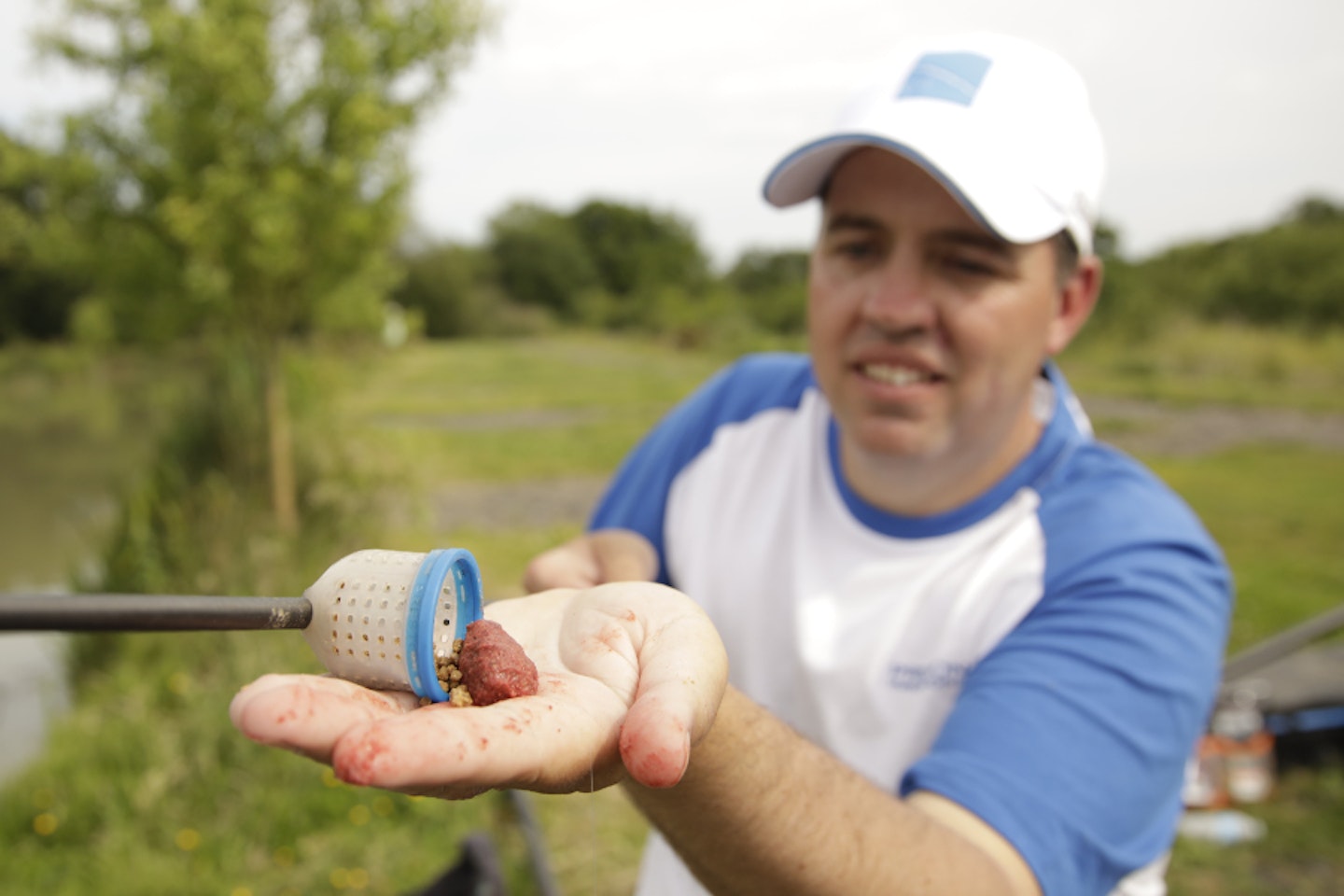
Plumb up accurately
The weight of the olivette gets the float to sit up, but the weight of the hookbait does the fine tuning. The whole bristle will show without any paste on but bait the hook with a piece of paste and the bristle will drop down until just a third of it is showing.
This is important, as it allows you to read what is going on beneath the surface. If the float suddenly pops up, then you know the paste has fallen off and it is time to ship in and start the process again.
Plumb upso that the whole bristle is showing, and the paste will then pull it that inch deeper, so it is presented just touching the bottom.
USE PASTE AT ONE OF THESE VENUES FOR BIG COMMERCIAL CARP IN OUR WHERE TO FISH GUIDE.
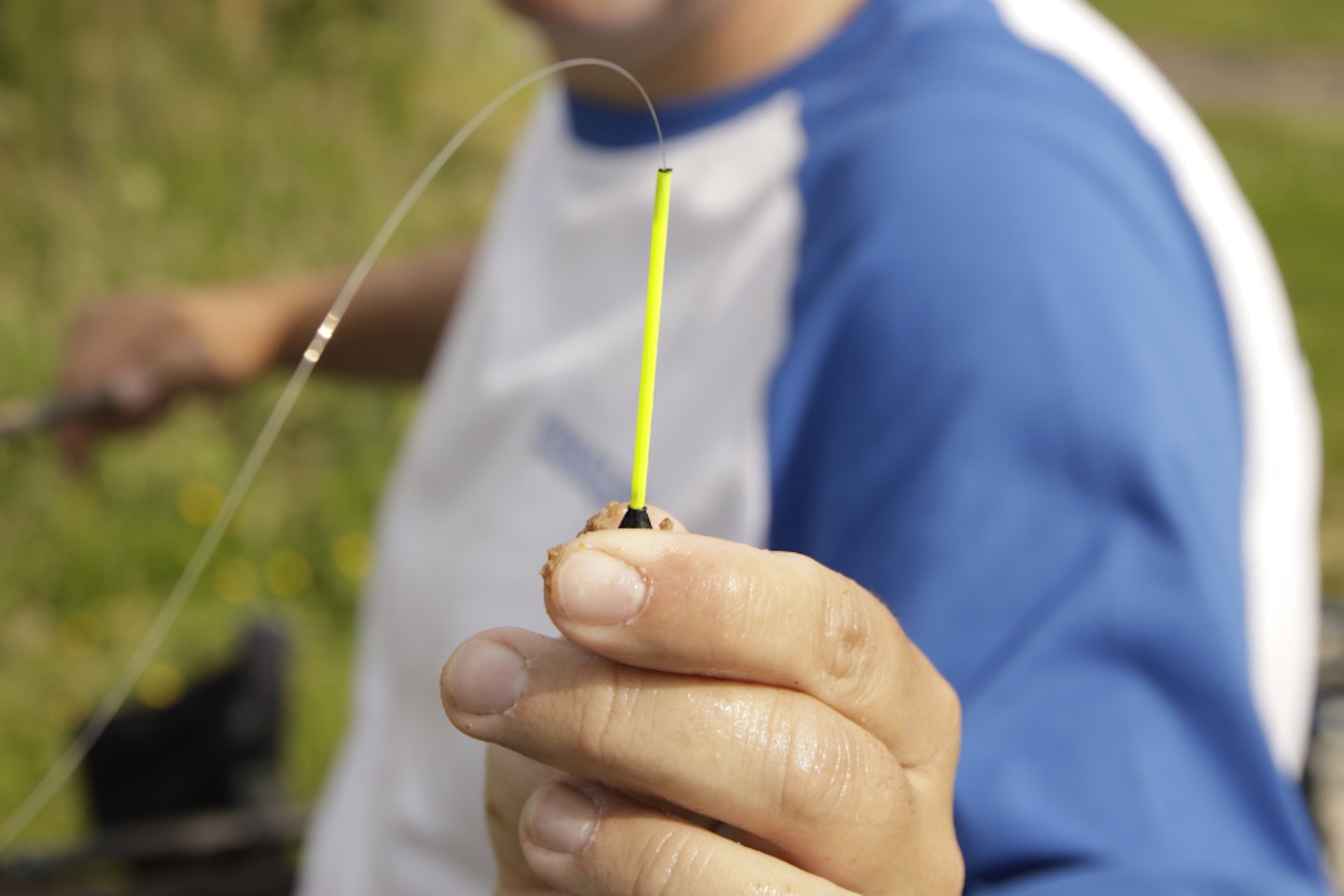
Vary the feeding
Pellets are the only bait that I use for loosefeeding, and 2mm and 4mm offerings will both come into the equation. If I am trying to draw fish into the swim, then I’ll loosefeed hard 4mm pellets by hand. This makes a little noise, dragging fish within range.
Once they’ve arrived, you need to settle the area a little, as they’re likely to be racing around excitedly and that can only lead to false bites and foul hooking. At this stage it is a case of sneaking in a small handful of 2mms each time you ship out.
This incentivises the carp to stay put, but the minimal noise calms the shoal down and the number of false bites will be small as a result.
F YOU NEED SOME EXTRA TIPS, HERE IS SOME GREAT PASTE FISHING ADVICE.
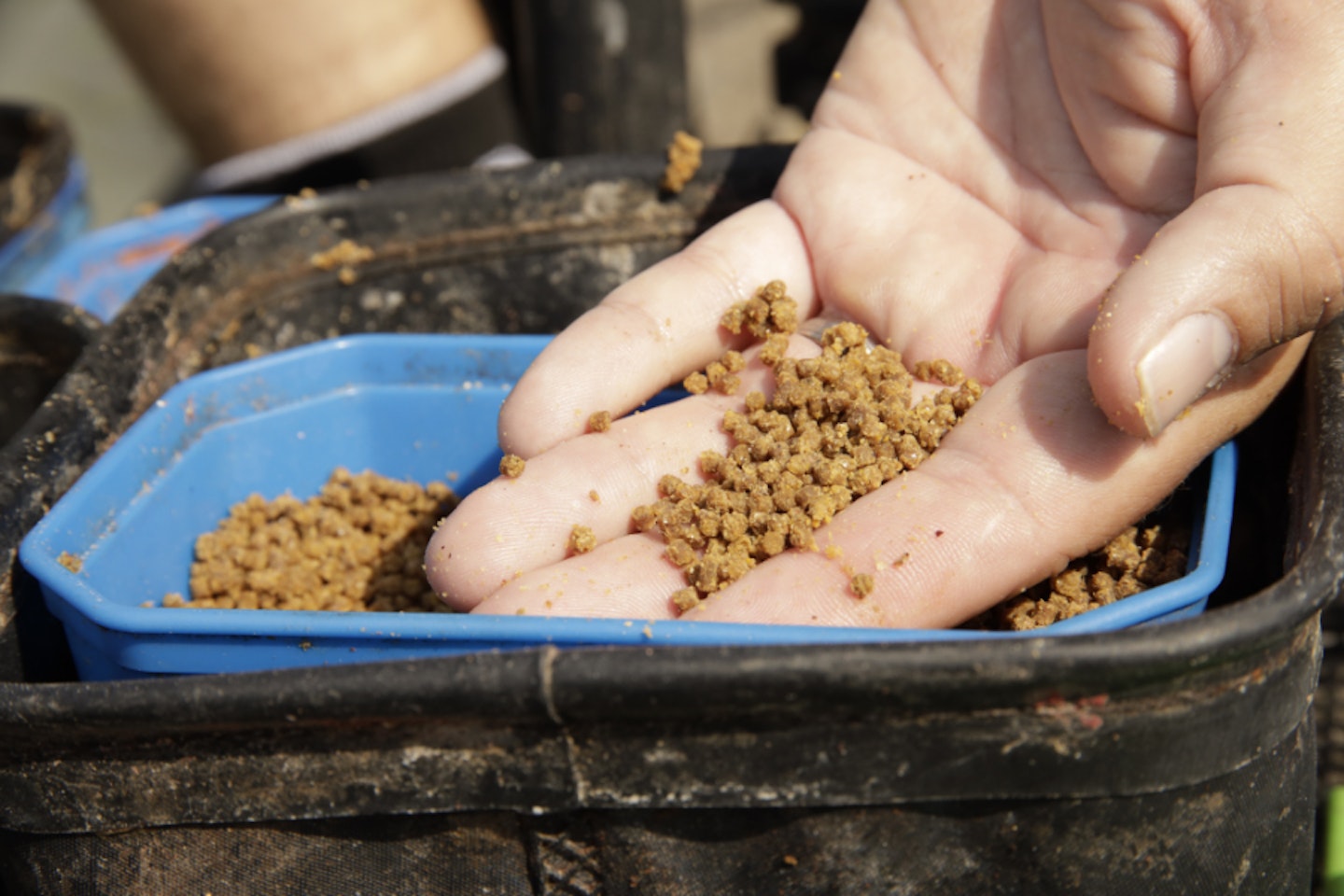
Don’t be afraid to ‘start again’
Paste fishing is a tactic that can work from start to finish and can produce wherever you fancy trying in your swim. But you need to set up new swims on a regular basis. This is down to what the fish are doing.
If you start to get plagued by liners, and changing your feeding doesn’t resolve the problem, it is probably due to underwater visibility being poor because the fish have torn the silt up.
Moving a metre either side or beyond the area is all you need to do and start the process again. Once an area is ‘blown’, it rarely comes back to life.
You may end up fishing a dozen different swims, but with such a small jump between each required, you’ll never run out of options. Plumb around thoroughly at the start and find plenty of areas with a similar depth so that you can move without the need to switch rigs.
BE SURE TO USE THE BEST POLE ELASTICS WHEN FISHING PASTE.
